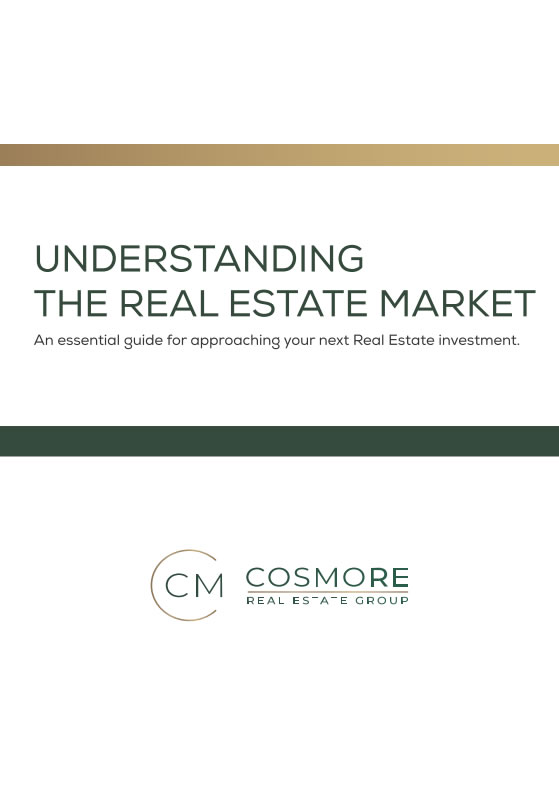Another useful indicator of market trend is the price-to-rent coefficient or, in other words, the relationship between the purchase price and the rent price for the same properties on an annual basis and for a given location; it is used as a criterion for estimating whether it is more rational – and affordable – to rent or buy a property, and is generally useful as an indicator of whether real estate markets are fairly valued or are overvalued, and thus potentially in a bubble.
The price-to-rent ratio is calculated by dividing the median price of properties in a given category by the median annual rent, according to the following formula:
Price-to-Rent Ratio = Median Annual Rent / Median Home Price
This indicator is considered reliable by major market observers and operators (such as Trulia or Bankrate) – so much so that reports on price-to-rent ratios are periodically produced and published for study or market analysis.
To give a specific example, let’s analyze the apartment market in Miami in August 2021: official data tell us that in August, the average value of sales was $335,0001. Moving on to the rental side, the same representative sample shows a median value of monthly rents of $2,266 (therefore $27,192 per year). Taking these two data points as a reference, the price-to-rent coefficient is:
335000 / 27192 = 12.31
The most widely held view (and supported by some of the market’s leading observers) is that:
- a coefficient between 1 and 15 indicates that it is much more rational to buy than to rent;
- a price-to-rent ratio of 16 to 20 indicates that it is generally rational to rent than to buy;
- a price-to-rent ratio of 21 and above indicates that it is much more rational to rent than to buy.
From the point of view of market trend analysis, a high coefficient would also indicate that we are in a speculative phase, that prices are overvalued, and would therefore presage a short- to medium-term downward trend. To cite an example, in the phase immediately preceding the collapse of the real estate market in 2008, there was a significant increase in the price-to-rent coefficient, which clearly indicated an accentuated speculative phase, and therefore a red flag for the real estate bubble.
Reasoning in reverse, with the point of view of an investor, we can make another consideration regarding the median cap rate of a real estate investment in the Miami market in August 2021, simply by reversing the equation.
To calculate the cap rate, or annual percentage return, of a real estate purchase we must use the formula:
Cap Rate = Annual Income / Cost of Investment
This formula obviously does not take into account the specific expenses and costs of individual properties and will therefore give a gross result, which is nonetheless indicative of market conditions.
In our case, the gross cap rate of the August 21 market for Miami area – according to the numbers provided – would be 8.10%. This rate is considerably higher compared to other forms of investment or savings, so it suggests – and confirms – that buying a property today in the Miami market is a good investment, and certainly more profitable than renting.
If we wanted to venture a prediction, what would this data tell us about the market trend?
We know that the price-to-rent coefficient is favorable to buying rather than renting, thus indicating that property prices are still affordable – and even low – compared to market demand; we know that a real estate investment today is particularly convenient; and we know, above all, that we are not in a speculative phase, otherwise we would have a median value of property higher than the fundamental value (as we will see in chapter 4).
That said, at the current date and on the basis of this data, there is nothing to suggest an imminent downturn in prices, so the most rational forecast is that we are still in an upward phase, with prospects for price stability in the medium term.
1 Source: Miami Association of Realtors.



















